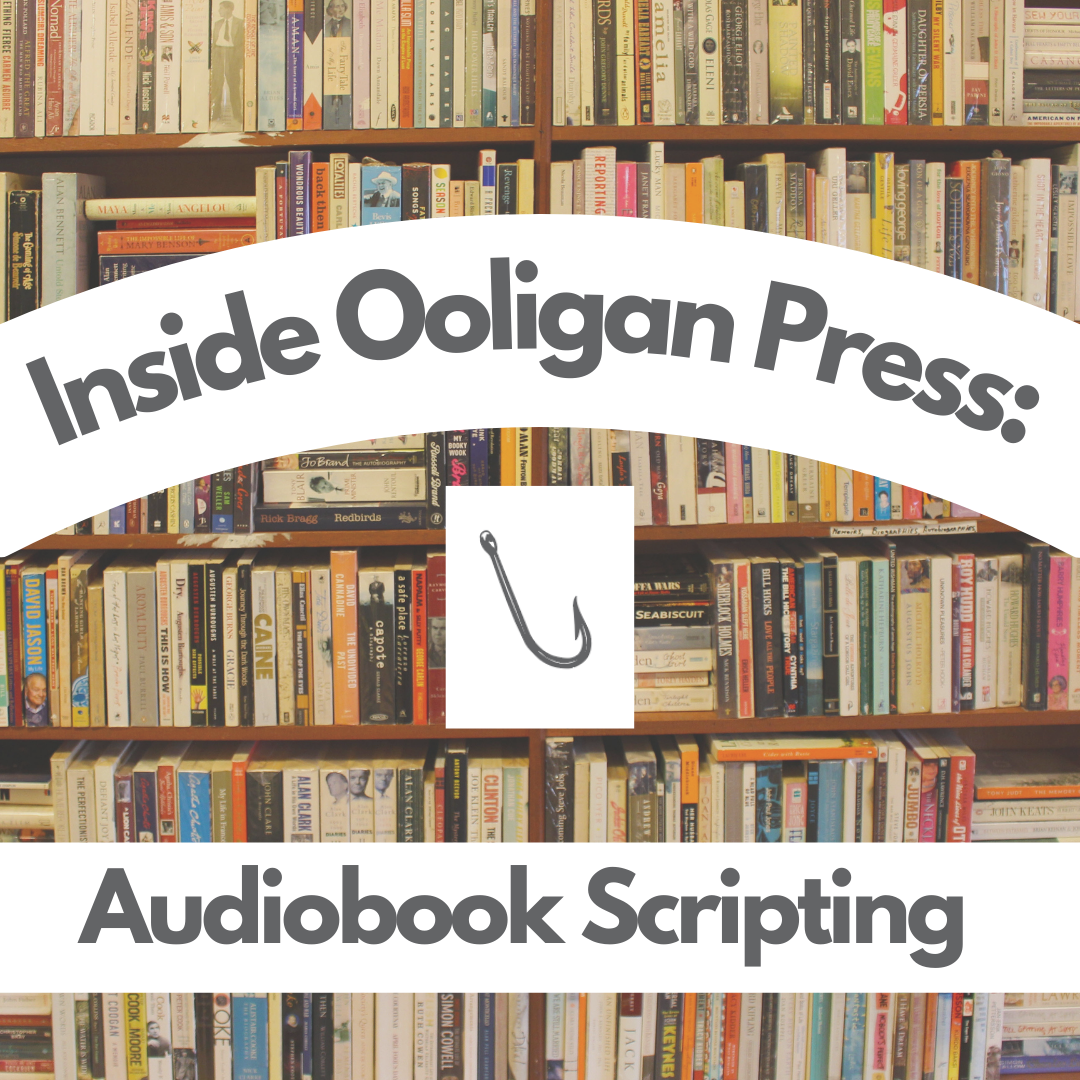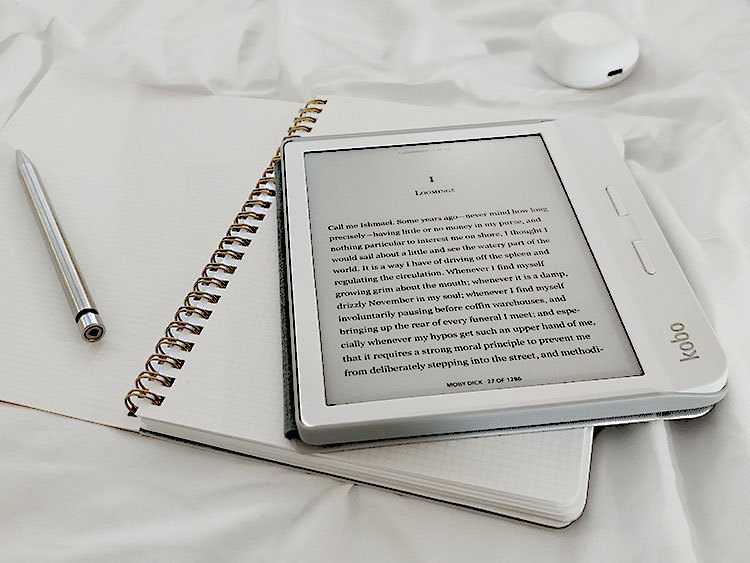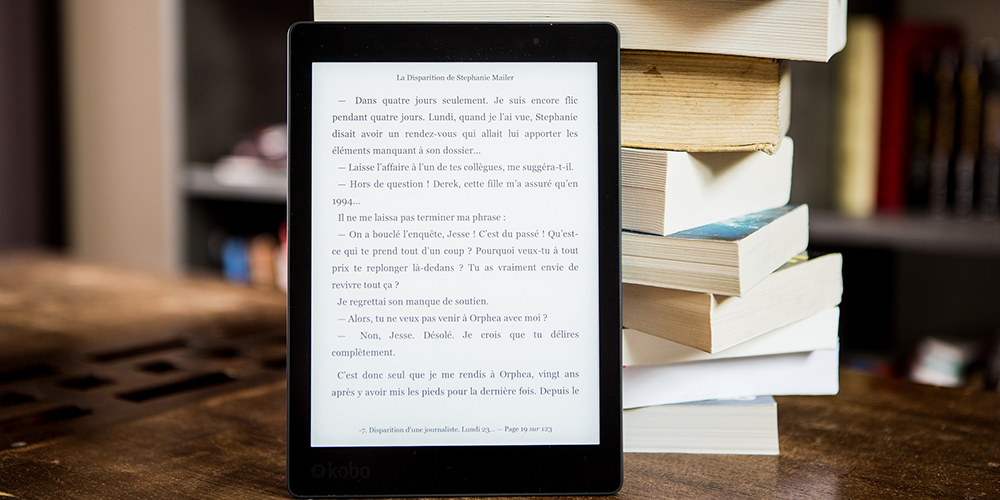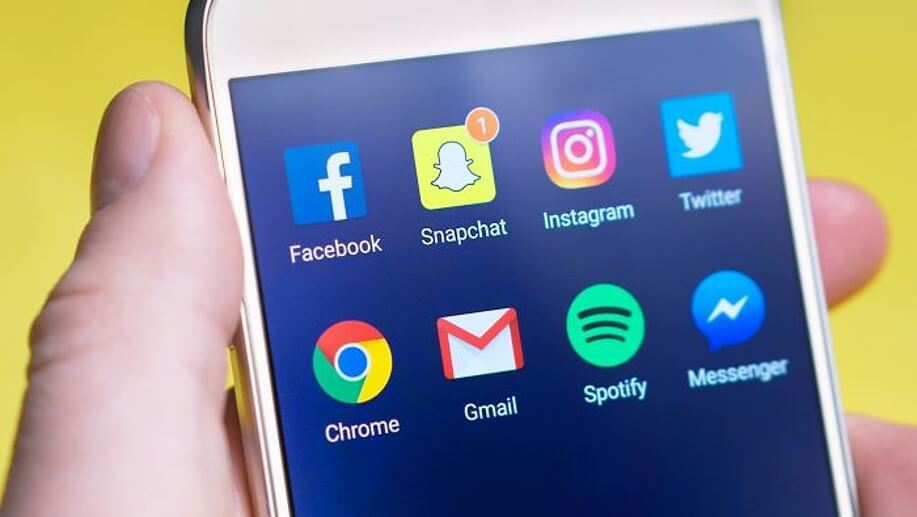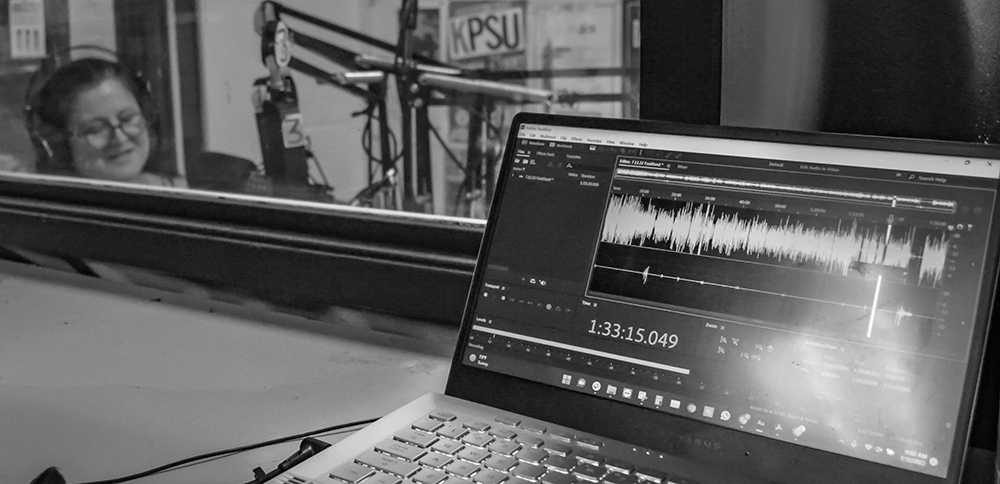What I Learned by Narrating an Audiobook For the First Time
The award-winning Ooligan book Extreme Vetting: a Thriller by Roxana Arama has been out for over a year. Did you know that two Ooligan students narrated the audiobook version—and it’s awesome? Haley Young, one of the narrators, recounts her experience.




